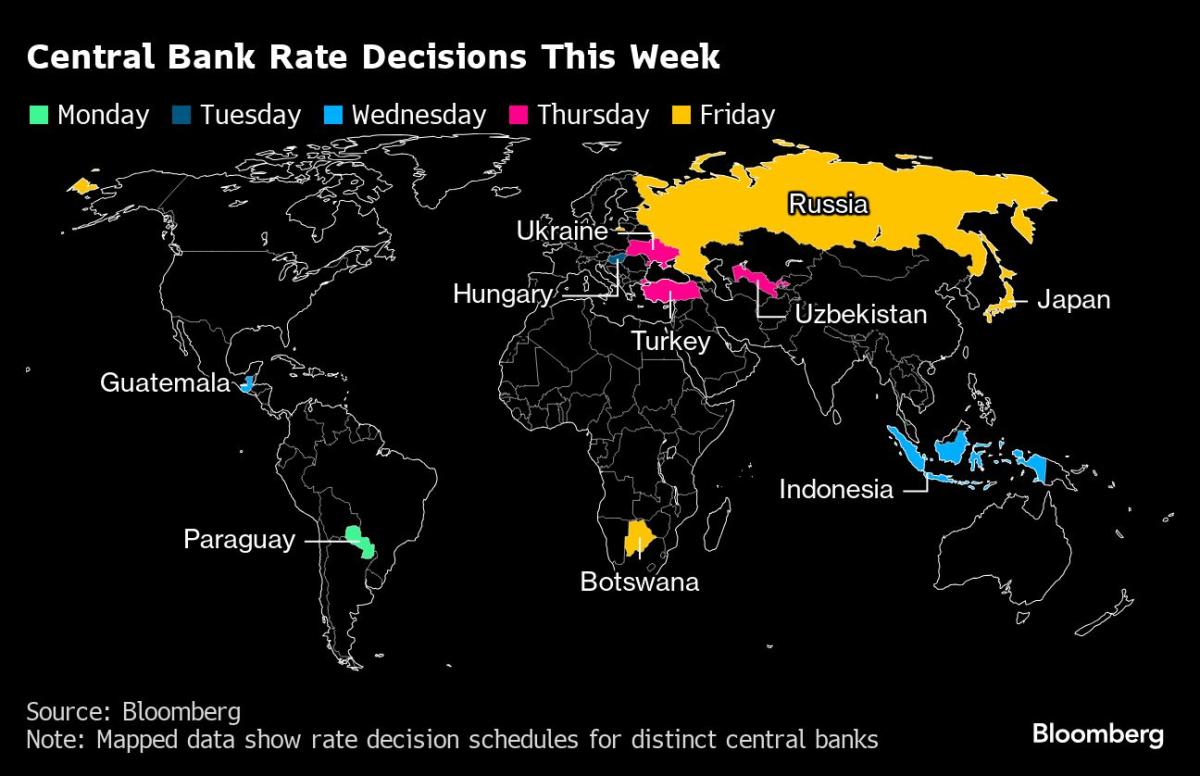Here’s what to take away from today’s Morning Brief, which you can register to receive every morning in your mailbox accompanied by:
Disappointing results from Boeing (BA) led the Dow to a slight loss on Wednesday, while a surprisingly positive reaction to results from Tesla (TSLA) led that stock to its best day in two years (up 12%). ), helping the S&P 500 and Nasdaq Composite close. in the green.
Taking stock of stocks as we head toward the end of April, investors are facing mixed messages from Wall Street.
After a year that defied recessionary expectations, the first quarter of 2024 built on last year’s strength.
This year, the S&P 500 had the best first quarter return since 2019, up 10%. But this month’s selloff in stocks made April the worst month since last September.
Ryan Detrick, chief market strategist at Carson Group, created a seasonality map of all election years dating back to 1950 that had gains of at least 5% by the end of March: 1956, 1964, 1972, 1976 and 2012.
At first glance, 2024 is shaping up to be a similar scenario. And, on the contrary, the period of weakness in April is exaggerated.
There’s another reason to think that any near-term recovery will be fleeting, as Bank of America research shows.
The investment bank calculates investors’ bullish or bearish bias to “buy the dip” by dividing the average return on positive days by the return on negative days.
This indicator has risen several times during the pandemic, once reaching its highest level in at least 25 years. But it is now at its lowest since April 2019.
“The muted days [versus] down days this month appear to indicate weakening support for [buy-the-dip] behavior, especially in the context of price developments since the start of the AI wave,” BofA wrote in a recent note to customers.
JPMorgan’s positioning intelligence team, however, views the recent April sell-off as a short-term buy signal, noting that sell-offs of similar statistical strength occurred last August and October and that, historically, the S&P 500 has rebounded approximately 3% within 20 days of the signal.
Looking back, this August 2023 rally lasted about two weeks and rose almost 5% before stocks moved back down in September.
And the late October signal almost perfectly captured the trough just before the blistering year-end rally.
Overall, stocks face headwinds through the end of May – but we could expect a significant rebound in the near term.
“Reviewing previous election years that started strong shows choppy weakness could last until after Memorial Day, but a summer rally is also likely. So don’t lose confidence now,” writes Detrick.
Click here for the latest stock news and in-depth analysis, including the events that move stocks.
Read the latest financial and business news from Yahoo Finance

